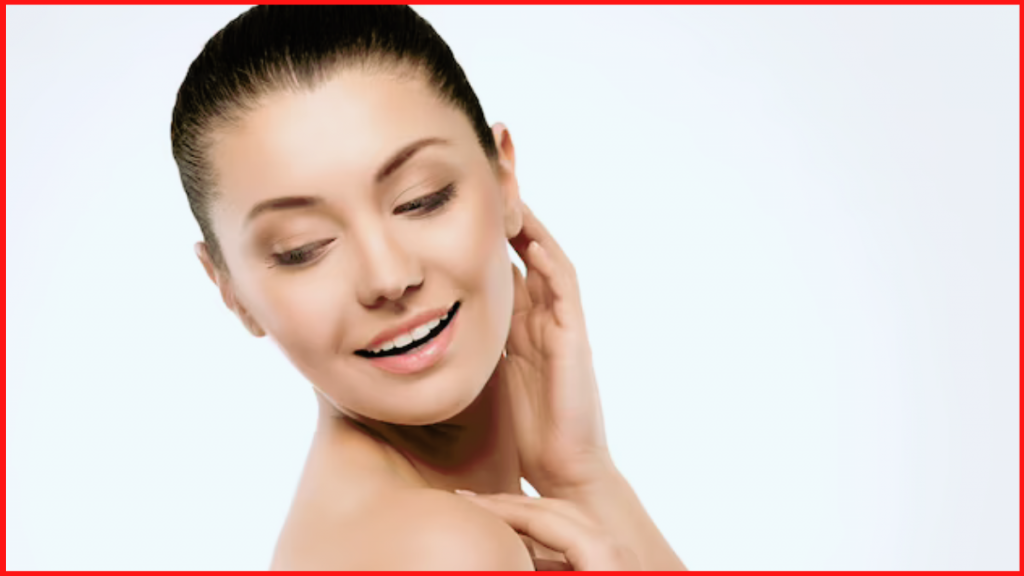New Delhi: Lately, the term ‘Glutathione’ has surged in popularity, making appearances across social media, online shopping platforms, physical markets, and even dermatologists’ practices. Notably, the series “Made in Heaven” depicted a bride undergoing glutathione treatment for skin lightening in its second season. Here’s a comprehensive overview of glutathione.
What Exactly is Glutathione?
Glutathione emerges as a potent antioxidant found in plants, fungi, certain bacteria, and archaea. Its role involves shielding cells from harm induced by factors like radiation, UV rays, sun damage, and peroxides. Although the body generates glutathione from dietary intake, factors such as stress, urban living, poor dietary choices, alcohol consumption, and UV exposure can diminish these levels. Consequently, increasing glutathione becomes essential, and sources like broccoli, Brussels sprouts, and cruciferous vegetables, coupled with compounds like vitamins C and E, facilitate its augmentation.
How Does Glutathione Work?
Glutathione serves both skin-lightening and anti-aging functions. Skin pigmentation originates from melanin levels, and glutathione effectively counters melanin, leading to skin lightening. With its abundance of amino acids, glutathione proves safe for skin-lightening and anti-aging purposes. It addresses impurities, hyperpigmentation, and tanning, resulting in a more radiant complexion. Moreover, glutathione combats free radicals responsible for skin pigmentation, blemishes, and dark spots.
The Proper Approach to Using Glutathione:
Various forms of glutathione, including creams, sprays, lotions, tablets, powders, and injections, exist, but not all guarantee complete efficacy. Applying 2gm of glutathione topically doesn’t equate to absorbing 2gm, and orally, stomach acids may compromise glutathione’s compounds. The optimal method involves intravenous administration via IV drips or injections, allowing full dosage absorption. Dermatologist supervision is crucial, with treatment sessions involving dose administration, monitoring for side effects, and adjusting treatment duration as per patient needs.
Safety and Precautions:
Though glutathione originates from cancer treatment to counteract radiation and chemotherapy side effects, its potential for skin lightening prompted its application in dermatology. However, it lacks FDA approval and is prohibited in numerous countries due to side effects and allergies. Glutathione isn’t a permanent solution, and results diminish over time, necessitating repeat usage. Excessive use can yield adverse effects, underscoring the need for caution and consultation with a dermatologist.
In conclusion, opting for glutathione through dietary sources eliminates the necessity of creams, powders, tablets, lotions, or injections unless you’re gearing up for a significant occasion. It’s vital to note that the effects are temporary, so if you’re investing your resources in short-term outcomes, a second thought is warranted. Furthermore, be cautious of glutathione creams with added skin-lightening agents; avoid falling for deceptive products and conduct thorough research before considering glutathione intake.

